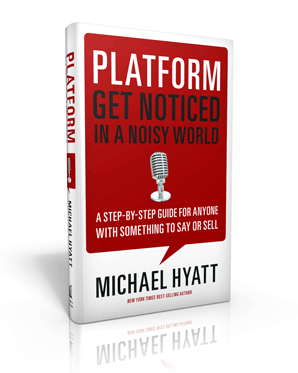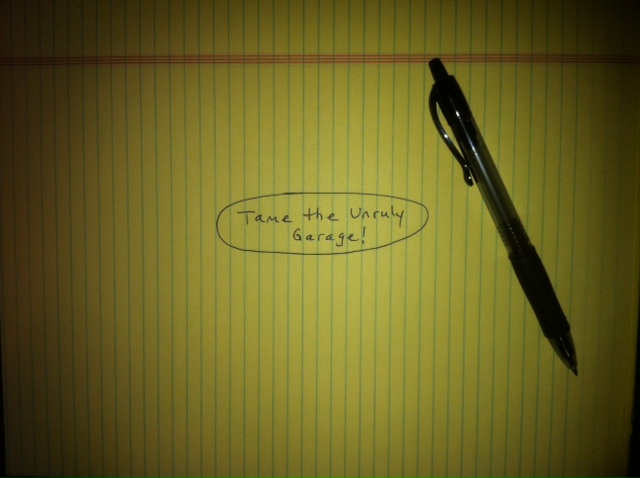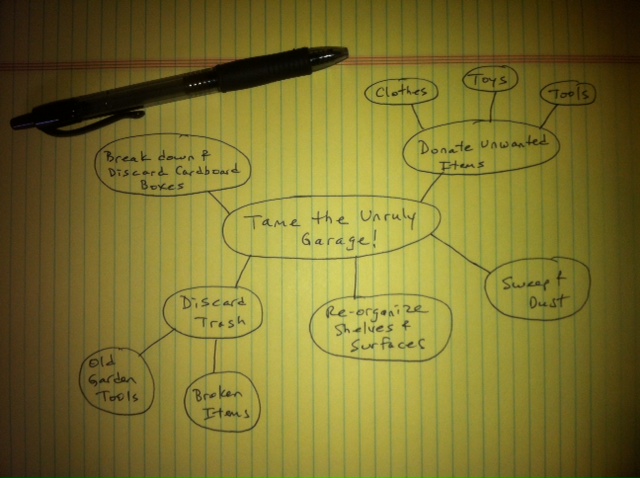In our last post we discussed using the powerful technique of mind mapping to help develop your Forward Story. Mind mapping can be used for a wide variety of purposes. There is a way to supercharge your mind maps to make them even more effective when it comes to taking control of your future. Since a Forward Story relates to the future, the concept of time is embedded in the term. What if you add the element of time into your mind map? I suggest that adding the element of time to your mind map will supercharge it as a planning tool
For example, if John is 18 years old and wants to develop his Forward Story, he might want to plan for several different timeframes.
- Age 30 (his next twelve years)
- Age 25 (his next seven years)
- Age 22 (his next four years)
- Age 19 (his next year)
When I think about my own future, I may select different timeframes than John will. The reason for this is that I am not 18 years old. I am 50. With my different life situation I find it very easy to envision and plan for timeframes that are twenty or thirty years into the future. If John is like most 18 year olds, he will have a hard time realistically projecting much beyond 30. The ability to think further down the road seems to be a gift (or curse, depending on your perspective) of maturity. Now, back to John. Why might he select the timeframes we suggested?
- Age 19 (his next year). John has to make some decisions about exactly what he is going to do next. The year between his current age of 18 and his turning 19 will set the stage for everything that follows. Will he go to college? Will he learn a trade? Will he travel the world? Will he get a job? Each of these choices will have a lot of influence over new opportunities that come his way in longer timeframes.
- Age 22 (his next four years). If John does choose to go to college, four years from now would be the logical timeframe at which he would graduate with his undergraduate degree. If he does not go to college, it also marks a good timeframe for finishing technical school or an apprenticeship program. In short, it is a good period of time at which to set some goals and envision where he wants to be.
- Age 25 (his next seven years). If John finishes college or technical school at age 22, he will have had three years to be in the workforce earning an income. 25 is a good age for thinking about certain financial and life goals. Perhaps he will be married during this period of time? Perhaps he will save a certain amount of money? Maybe he will run a marathon?
- Age 30 (his next twelve years). Ideally, John’s thinking and planning for the future will go well beyond 30, but, again, most 18 year olds find it very difficult to think and plan that far ahead. It seems too much like fantasy to them. So, a good compromise for John might be to simply work hard to visualize where he would like to be at age 30.
There are no hard and fast rules about which timeframes you should select in developing your story. Pick timeframes that make sense to you and that you can really get your mind around. Go as far out as you are comfortable with.
A mind map is simply a tool. It is not going to be John’s Forward Story, but it is going to help him create his Forward Story. How might his mind map look when set up with the timeframes above?

With this simple map John can begin to organize his thinking about each separate timeframe and begin to do some dreaming, planning, and goal-setting. Where will he start in his planning? It is always best to begin with the most distant timeframe in your mind map and then work closer to today. This makes the overall plan more coherent. If John can develop a good story for where he wants to be when he is 30 years old, it will make his planning for ages 25 and younger more relevant because each of those preliminary timeframes will have to build toward and lead to age 30.
John will begin with his Age 30 timeframe in creating his mind map, but this raises the question of what should he include in his Forward Story for each of these different phases of his life? What will he include in his map for Age 30? We will explore that in our next article.
Note: As stated previously, there are many mind-mapping tools available. The one I use is Xmind.







